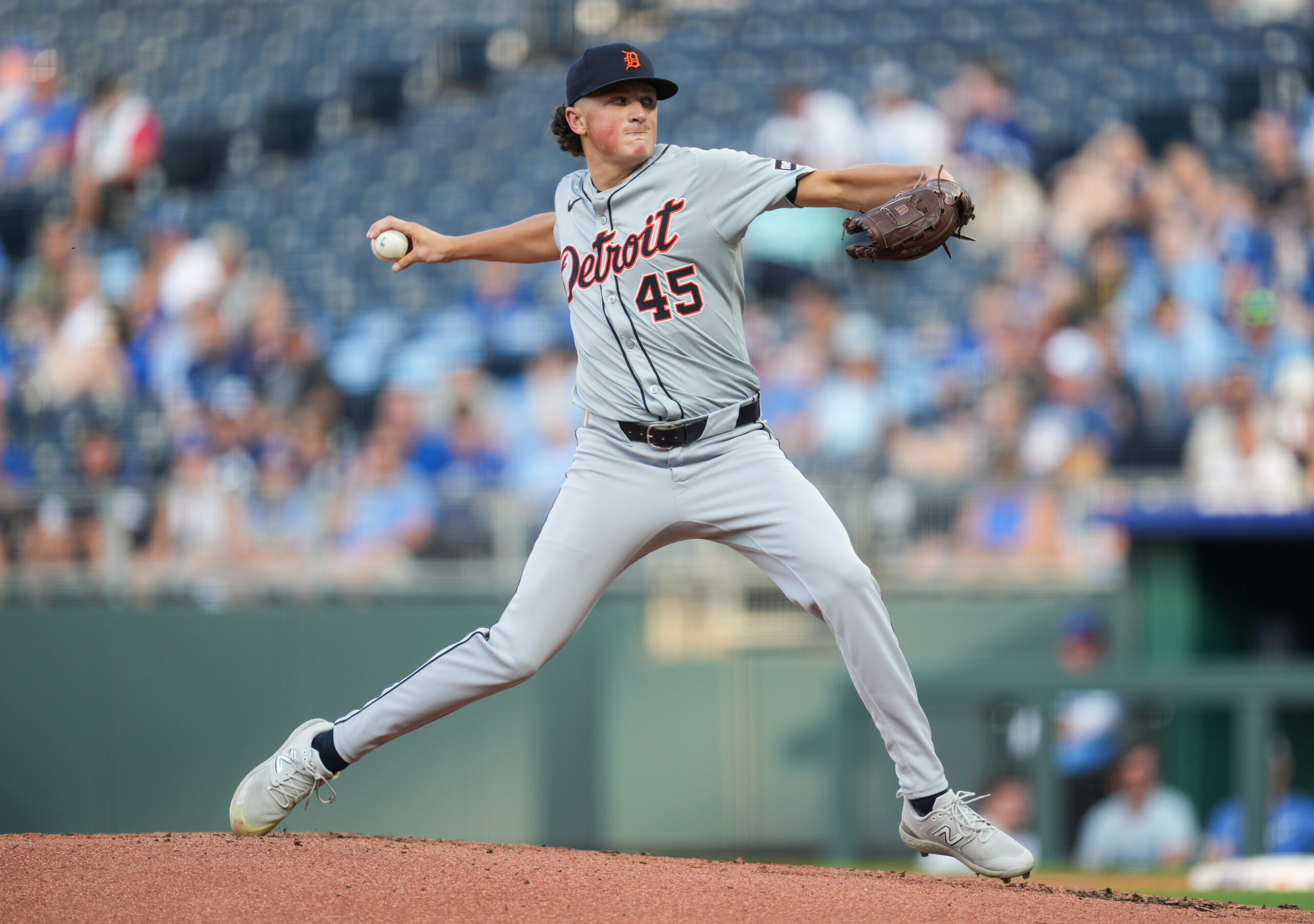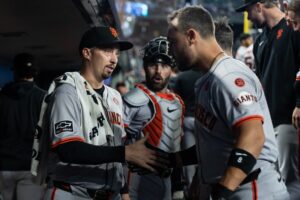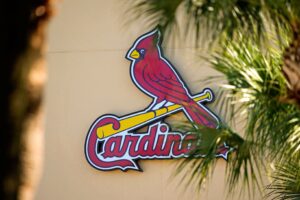It seems that the best starting pitcher on the Detroit Tigers is getting overlooked. Many are paying attention to the breakout performance of Tarik Skubal and the bounce back campaign of Jack Flaherty. However, it’s the 0-5 Reese Olson that might be having the best season in the Tigers starting rotation.
Can we get Reese Olson some run support please?😅 pic.twitter.com/PNTTY9sMTh
— MLB Deadline News (@MLBDeadlineNews) May 22, 2024
Don’t Overlook Detroit Tigers Pitcher Reese Olson
Detroit initially acquired Olson for lefty Daniel Norris in a 2021 deadline deal with the Milwaukee Brewers. The rebuilding Tigers took a flier on the Brewers’ 2018 13th-round pick in hopes he would develop into a quality arm when the team was ready to contend.
Although Olson has only 153 2/3 career major league innings under his belt, this lottery ticket type of trade looks like a huge win for the Tigers. Skubal and Flaherty have more name recognition, but Olson is performing just as well, if not better, than the two veterans. At some point, everybody will have no choice but to take notice of Olson.
A Breakout 2024 For Reese Olson
Across nine starts this season, Olson has thrown 50 innings with a 2.16 ERA (188 ERA+). He’s not a hard thrower but keeps hitters off balance by pairing his fastball with a nasty changeup and decent slider. Olson ranks among the league leaders in Chase, Whiff, Barrel, and Ground Ball percentages. He’s not overpowering hitters, but he clearly is fooling hitters with a mix of stuff, intelligence, and deception.
An interesting aspect of Olson’s success is that he lacks a killer strikeout ability (his 21.2 percent strikeout rate ranks in the 42nd percentile). Plus, he walks hitters at around a league-average rate (54th percentile). This indicates that he isn’t escaping jams via strikeouts, and he’s not necessarily avoiding baserunners with elite command.
Ground Ball Machine
Olson’s success largely comes from an ability to induce weak contact. He ranks among the best in Ground Ball (88th percentile) and Barrel (74th percentile) percentages. Although his Hard-Hit rate is among the worst in the league, these metrics indicate that when hitters make solid contact, they hit the ball on the ground and/or at fielders. Olson prevents batters from squaring up his pitches, which thus suppresses extra base hits.
His numbers prove this. Olson allowed his first homer on the season during his most recent outing on May 20. Before that, his last home run given up came on Sept. 20, 2023 against Max Muncy of the Los Angeles Dodgers. That homer-less streak last 54 innings and 217 batters.
Reese Olson, Nasty 86mph Changeup. 👌 pic.twitter.com/6gRktI9HiR
— Rob Friedman (@PitchingNinja) April 15, 2024
The 24-year-old thrives with a changeup that sinks on average almost five inches more than the league average. Additionally, it pairs incredibly well with his four-seam fastball. Olson throws the two pitches fairly evenly (almost 24 percent for the changeup and just over 26 percent for the fastball).
Comparatively, Olson’s fastball does not sink that much. In fact, its vertical movement is 1.5 inches below league average. Not knowing whether the pitch will sink or stay on its original plane impacts the path of the hitter’s swing. This is especially true considering Olson throws the pitches from similar release points.
Furthermore, his fastball and changeup feature a velocity difference of almost eight miles per hour. Not only are hitters on edge about where the pitch might end up, but they’re being fooled by the speed difference too. Hitters have less than a second to recognize if Olson is throwing his fastball or changeup (let alone his other three pitches). This year, hitters have often been wrong, resulting in swinging too late/early or getting on top of the ball.
Can Olson Keep It Up?
Olson does not come with the same prospect pedigree as many others in the Tigers rotation/system. So, it’s more logical to expect a former first-round pick, like Skubal and Flaherty, to pitch this well for an extended period of time.
Tigers No. 9 prospect, per @MLBPipeline, Reese Olson made a strong first impression when he was acquired in 2021.
Since then, all he's done is improve on the Road to Detroit, presented by @Carhartt. pic.twitter.com/LhKwZN7gSk
— Detroit Tigers (@tigers) September 6, 2022
However, the great success of a 13th round pick like Olson might be viewed with more skepticism. For example, Olson has given up hard contact, especially on his fastball and changeup. If he doesn’t locate these pitches well, batters will have an opportunity to do damage. The more hard contact a pitcher gives up, the more likely he will be giving up (extra base) hits.
Compounded on top of this, Olson can’t get away with his mistakes by overpowering hitters. A hitter is less likely to take advantage of a poorly located pitch if its 100 mph rather than the 94.3 mph that Olson averages on his fastball.
Olson benefits from deception and perceived velocity with his fastball/changeup combination. However, it’s not the same as getting out of a jam by simply overpowering hitters. His below-average strikeout rates further compounds this issue. Relying on weak contact and defense is not the most sustainable method for a pitcher to escape trouble.
A modern-aged evaluator might expect this to hurt Olson at some point this season (or in his career). While he’s excelled at preventing hitters from making ideal contact (meaning contact with ideal exit velocity and launch angle), hard ground balls should eventually start finding holes. This then turns into more hits, bases allowed, and runs. It’s also likely that fielders make errors or misplays that hurt Olson and the team.
Is He Doomed To Struggle?
That said, baseball is a funny sport with multiple ways to have success. A deep regression is not guaranteed for Olson. Plus, perhaps Olson and the Tigers work to develop another pitch that can generate more strikeouts. He is by no means a finished product and has plenty of time to further develop and evolve. He’s certainly pitching like a top-of-the-rotation starter, but there clearly is room to improve.
Olson’s development and success represents an intriguing storyline to watch in the final four months of the season. And if he finishes the season strong, it will be interesting to Olson’s role on a Tigers team that expects to contend through this decade.
Main Photo Credits: Jay Biggerstaff-USA TODAY Sports






